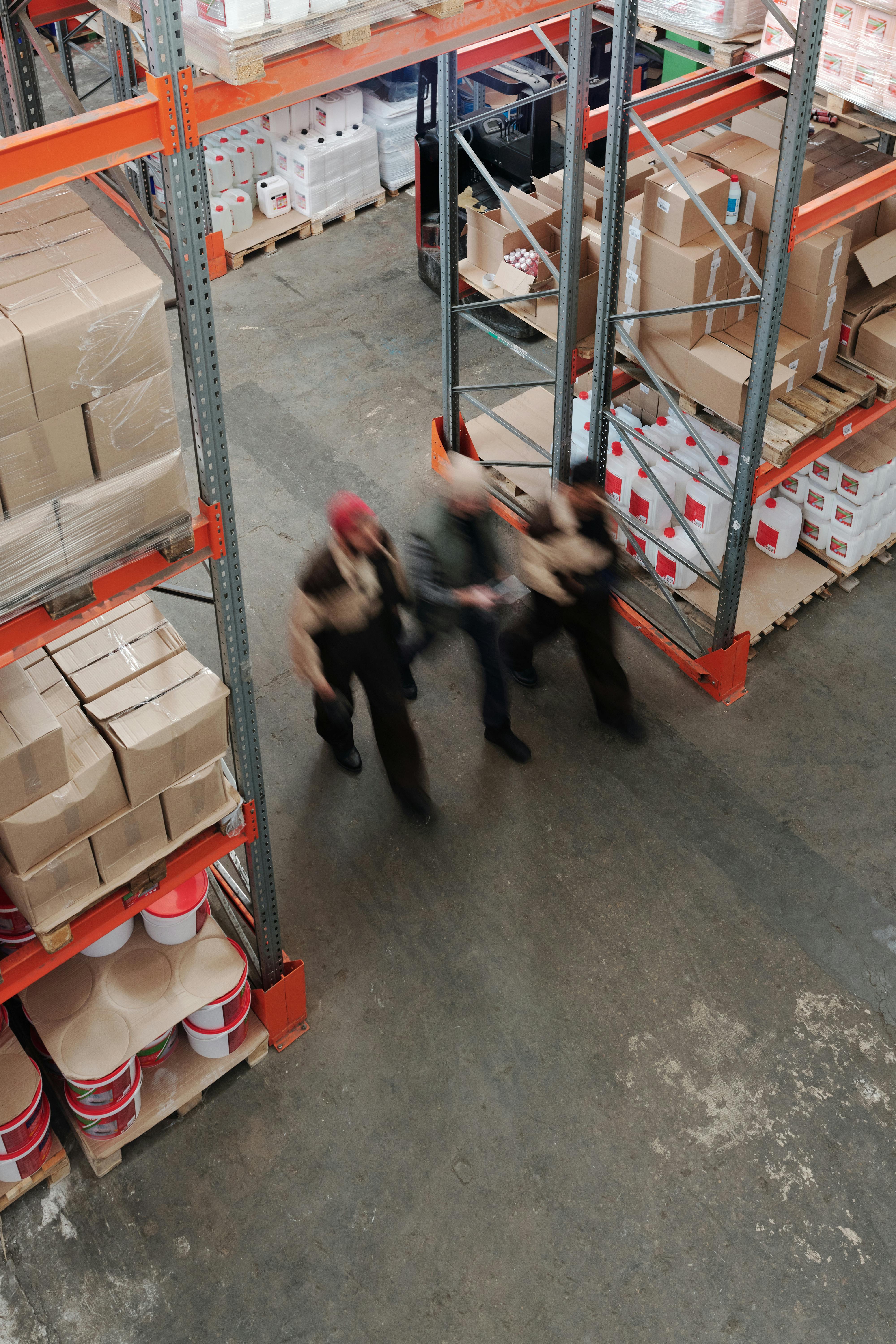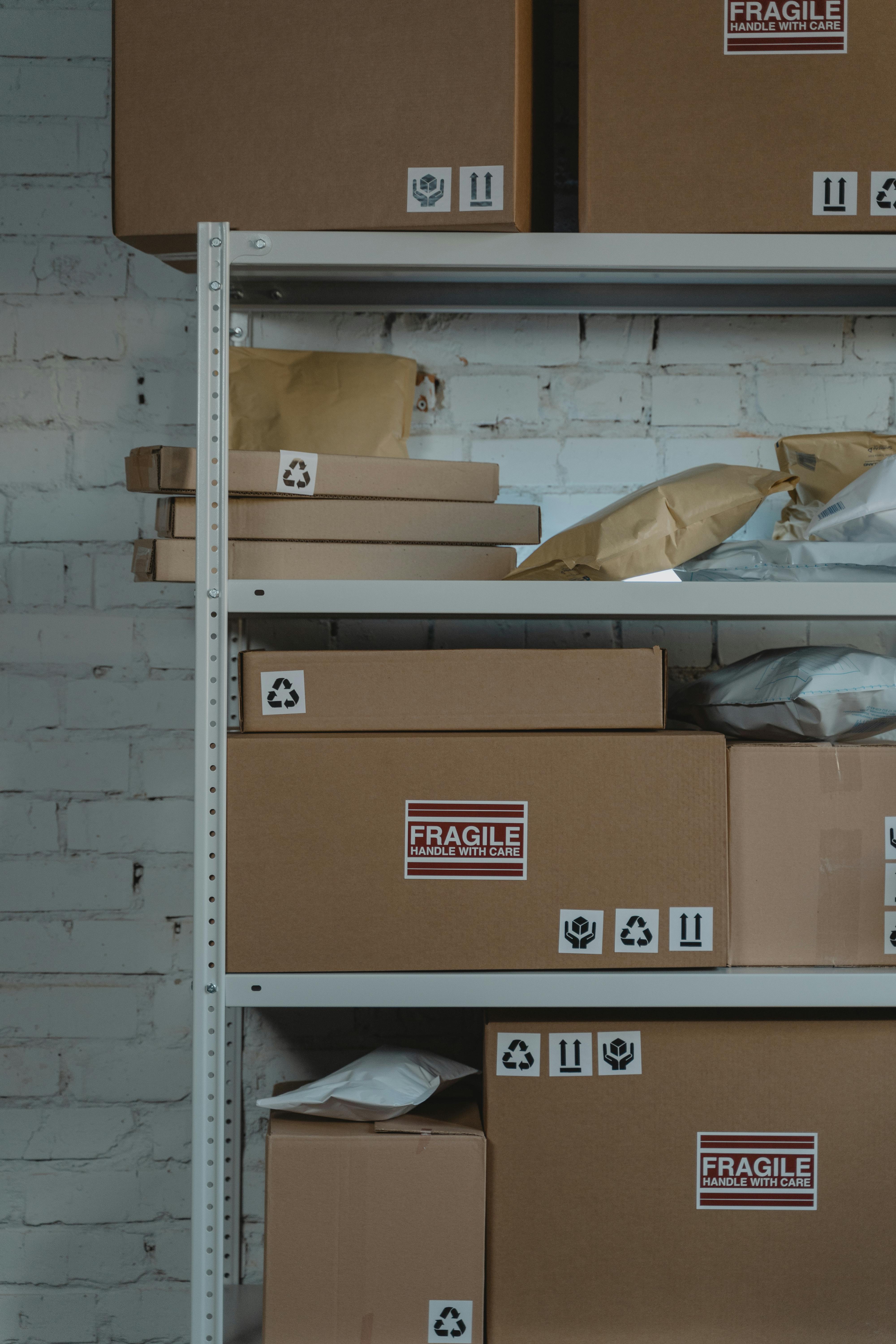Navigating Product Inspection in China: A Strategic Blueprint for E-commerce Success
Unlock the secrets to ensuring product quality in China with strategic inspections, technology integration, and supplier collaboration.

The Imperative of Product Inspection in China for E-commerce Businesses
In the current global market, China stands as a colossal manufacturing powerhouse, indispensable to e-commerce entities worldwide. The extensive production capabilities and cost efficiency found in China enable brands to meet the growing consumer demand across various sectors. Yet, the expansive nature of this manufacturing landscape presents unique challenges, particularly in maintaining product quality standards. It is here that product inspection reveals its critical value—acting as the guardian of quality and the linchpin in safeguarding an e-commerce brand's integrity.
Engaging in rigorous product inspection within China is not merely a procedural step; it's a strategic necessity that underpins the very success of e-commerce operations. The potential risks of bypassing this crucial phase—ranging from the delivery of defective goods to the tarnishing of customer trust—underscore the inspection's irreplaceable role. This stage provides a vital checkpoint to affirm that products align with both the retailer's expectations and regulatory standards, ensuring that only items of the highest caliber reach the global market.
Delving deeper into the essence of product inspection uncovers its multifaceted benefits. Beyond merely identifying defects, it serves as a clear signal to suppliers about an e-commerce company's steadfast commitment to quality—a stance that can significantly influence manufacturing practices. Furthermore, consistent inspection processes pave the way for reinforcing positive supplier relationships, fostering an environment where quality and excellence are shared aspirations.
Key Components of a Comprehensive Product Inspection in China
A product inspection in China, or indeed anywhere, is far from a monolithic process; it's a complex amalgamation of critical assessments tailored to ensure that every product not only meets but exceeds expectations. Recognizing and understanding these components is foundational to leveraging the full potential of product inspections.
Visual Inspection
The cornerstone of any product inspection, visual checks serve as the first line of defense against quality-related issues. This phase involves a meticulous examination of the product's aesthetic and physical attributes, confirming adherence to predetermined specifications. From surface flaws to color inconsistency and beyond, visual inspection strives to capture all imperfections, however minor they may seem.
Functionality Testing
Beyond the surface, functionality testing delves into the operational performance of products. This rigorous evaluation ensures that each item functions exactly as intended, providing the end-users with a flawless experience. Whether it's electrical appliances, toys, or tools, functionality testing subjects products to real-world scenarios, uncovering any underlying defects.
Packaging Checks
The journey from production to the consumer's hands is fraught with potential hazards for products. Effective packaging checks are, thus, integral to product inspection, ensuring items are well-protected through transit and arrive in immaculate condition. This component evaluates the durability and adequacy of packaging materials and designs, alongside ensuring compliance with shipping and safety standards.
Compliance Verification
In an era where regulations and standards are ever-evolving, compliance verification stands as an indispensable part of the product inspection process. This vital component assesses adherence to both international norms and specific market regulations, thereby warding off legal complications and safeguarding brand reputation.
Through a comprehensive understanding and implementation of these key components, e-commerce businesses can craft a product inspection strategy that is both robust and resilient. This approach not only guarantees the delivery of superior products but also affirms a brand’s dedication to excellence, fostering trust and loyalty among its global customer base.
Selecting the Right Inspection Partner: Criteria and Considerations
Embarking on product inspection in China necessitates a vital decision: choosing the ideal partner to facilitate this complex process. This choice is not one to be taken lightly, for the chosen firm will significantly impact the effectiveness of inspections and, by extension, the quality of products entering the market. E-commerce enterprises must weigh several critical factors, each playing a pivotal role in uncovering a partner that aligns with their quality aspirations and operational needs.
Expertise and Experience
Foremost among evaluation criteria should be the inspection partner's depth of expertise and breadth of experience, particularly within the specific product category at hand. A partner with a proven track record in navigating the intricacies of China's manufacturing landscape and adept in technological advancements stands as an invaluable ally. Their historical performance and references from similar businesses serve as a testament to their capability to uphold and elevate quality standards.
Communication and Transparency
The foundation of any productive partnership lies in open and transparent communication. Selecting a partner who values and facilitates clear dialogue ensures that potential issues are promptly addressed and resolved. A partner committed to transparency in their processes allows for a seamless flow of information, engendering trust and facilitating collaborative problem-solving.
Leveraging Technology in Product Inspections: Innovations and Advancements
In the evolving domain of product inspection, technology emerges as a transformative force, propelling efficiency and precision to new heights. An inspection partner at the forefront of technological integration not only streamlines the inspection process but also enhances its effectiveness, offering deeper insights into product quality.
3D Scanning and AI-driven Defect Detection
Advanced technologies, including 3D scanning and artificial intelligence (AI), revolutionize traditional inspection methodologies. 3D scanning offers an unparalleled view of the physical characteristics of products, facilitating a level of detail and accuracy previously unattainable. Simultaneously, AI-driven defect detection algorithms identify anomalies and defects with a precision and speed that human inspectors might miss, setting a new standard in quality assurance.
Digital Reporting Systems
The advent of digital reporting systems transforms the availability and accessibility of inspection data. These platforms provide real-time insights and comprehensive overviews of inspection outcomes, enabling swift decision-making. The power to access detailed reports at the click of a button underscores the significance of technology in driving quality improvements across the board.
Best Practices for Optimizing Product Inspection Outcomes
With a strategic approach, the benefits of product inspection can be maximized, turning potential obstacles into opportunities for quality enhancement and brand growth. Implementing best practices ensures that product inspections deliver on their promise of safeguarding product excellence.
Planning and Scheduling
Effective planning and scheduling lie at the heart of successful product inspections. Aligning inspection timelines with production schedules and key logistical milestones minimizes disruptions while guaranteeing products are evaluated at the most critical stages. Foresight in planning enables the identification and correction of issues without jeopardizing market launch timetables.
Collaborative Supplier Engagement
Product inspection should not be perceived as a confrontational process but rather as a collaborative effort towards a mutual goal of quality excellence. Engaging suppliers in open discussions about inspection results and potential improvements fosters a partnership ethos. This collaborative approach incentivizes suppliers to invest in quality enhancements, recognizing the shared benefits of high standards.
Preparing for Future Challenges in Product Inspection and Quality Control
As the landscape of manufacturing and e-commerce continues to evolve, so too will the challenges and opportunities in product inspection. Staying ahead requires not only adapting to current trends but also anticipating future shifts in practices and regulations.
Regulatory Changes and Emerging Technologies
A proactive stance towards understanding and preparing for regulatory changes ensures continued compliance and operational smoothness. Similarly, keeping abreast of emerging technologies and integrating them into inspection processes can provide a competitive edge, enabling businesses to address quality concerns with unprecedented efficiency and accuracy.
The strategic implementation of product inspection processes in China empowers e-commerce businesses to consistently deliver products that meet, if not surpass, global quality standards. Through judicious selection of inspection partners, leveraging cutting-edge technologies, and adopting best practices for collaboration and planning, companies can ensure product excellence. This commitment to quality not only satisfies customer expectations but also solidifies a brand's reputation in the highly competitive e-commerce landscape.



